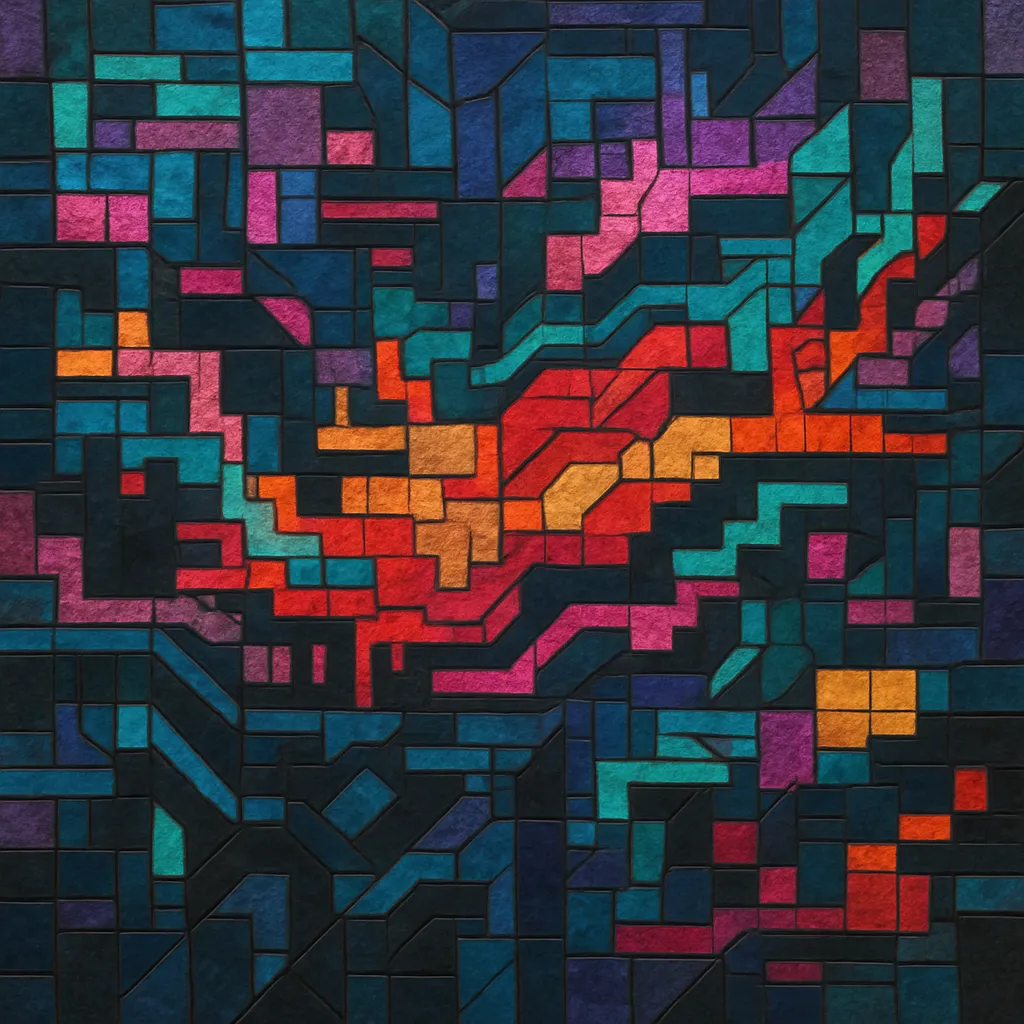Glitch hop EDM is a bass-heavy, midtempo offshoot of glitch and hip-hop that adopts the large-scale sound design, drops, and festival-ready structures of contemporary EDM.
It typically runs around 90–115 BPM with a swung or syncopated hip-hop groove, while employing stutter edits, tape stops, bitcrushing, buffer repeats, granular chops, and intricate automation to create the characteristic "glitched" feel.
Tracks often feature thick, modulated basslines; punchy, off-kilter drums; chopped vocals and foley; and harmonies that borrow from jazz, funk, and soul, all arranged in EDM-style buildups and drops.
Glitch hop EDM emerged from the meeting point of US West Coast glitch/bass culture and hip-hop-influenced beat scenes, absorbing techniques from IDM and breakbeat. Early adopters brought experimental editing and sound-mangling into a midtempo, head-nodding format that felt like hip-hop engineered with club-scale synthesis.
In the early-to-mid 2010s, the style crystallized as artists folded EDM’s festival architecture—intros, tension-building risers, and emphatic drops—into glitchy, hip-hop grooves. Advances in software synthesizers and effects (granular, stutter, and multi-FX) enabled increasingly elaborate bass design and rhythmic micro-editing, helping the sound spread across clubs, festivals, and online bass-music communities.
By the late 2010s, glitch hop EDM had become a recognized midtempo branch of bass music, influencing neurohop, midtempo bass, and hybrid trap. The genre continues to pull from funk, jazz, and cinematic textures while retaining its core traits: swung hip-hop rhythms, detailed edits, and prominent, sculpted low end.


